Preparing for the Busy Growing Season
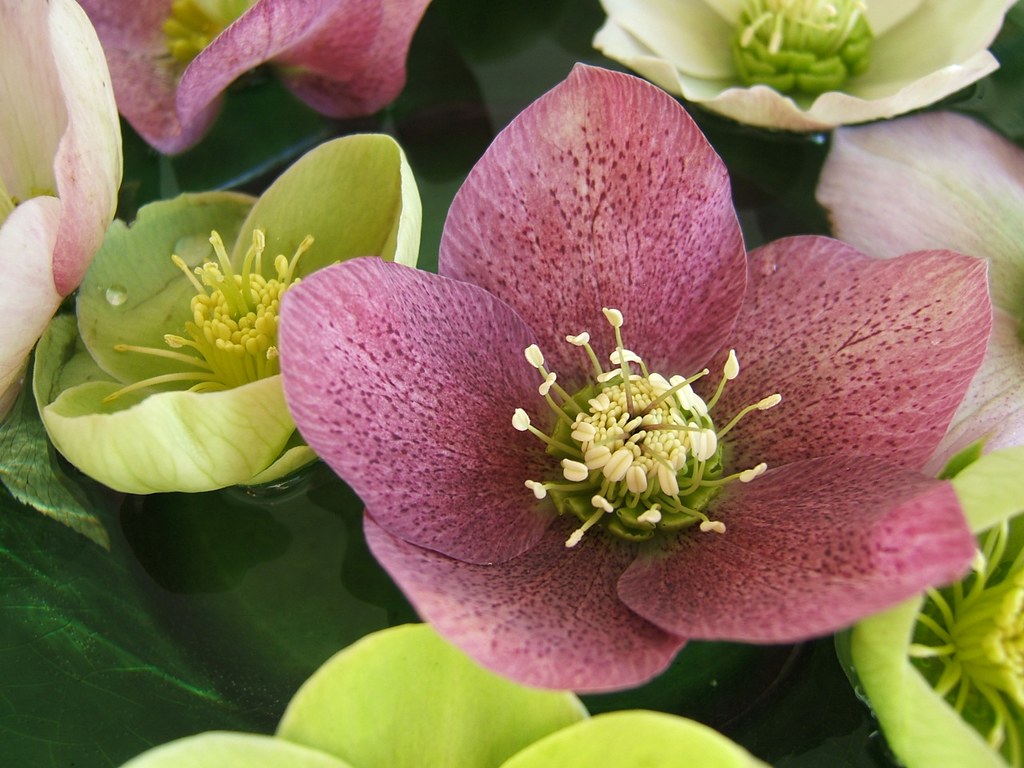
April can be fickle, to say the least! What you can or should do will depend upon the weather. A few warm days do not mean that we don’t have to anticipate more frost, so don’t rush your planting outdoors, especially with tender plants, annual flowers, and vegetables. Avoid walking on or working the soil when it is still wet. Before planting any warm-weather plants that you have raised from seed outside, be sure to “harden off” the young plants by moving them outdoors for a few hours each day. Wait until the danger of late frost has passed in early to mid-May before transplanting young warm-weather plants, such as tomatoes, eggplant, and peppers, as well as annual flowering plants. Many people use Mother’s Day as an easy-to-remember kickoff date for planting these crops outdoors. If a frost does happen to be predicted after the transplant of tender plants, protect them with floating row covers using light material. Boxes and wheelbarrows can be used in a pinch, so long as they do not weigh down or touch the plant material.
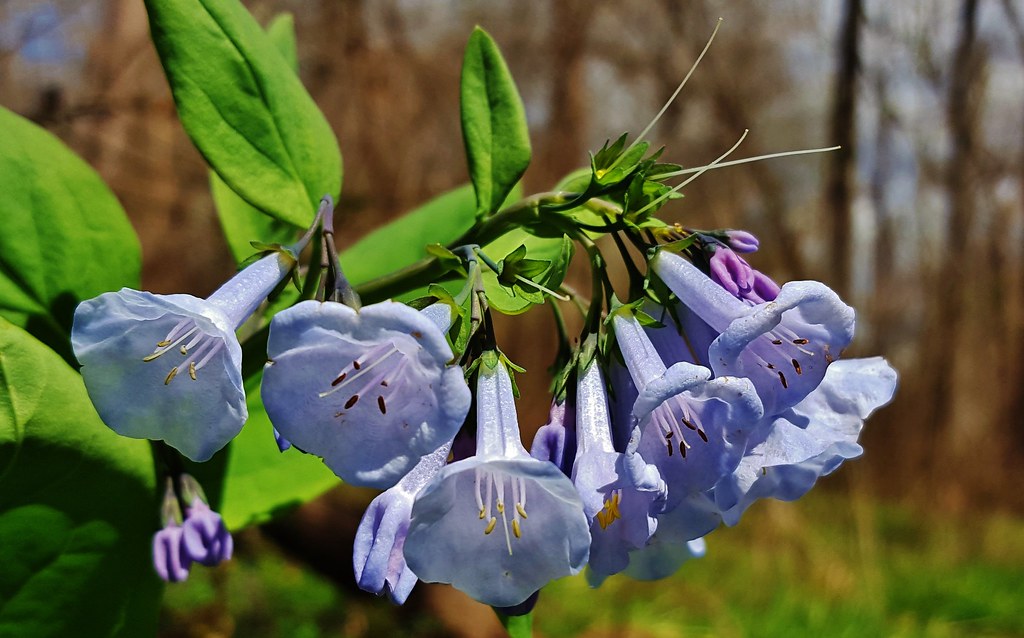
April is prime time for ephemerals—plants that are visible above ground for just a short period. These are the wonderful harbingers of spring that appear magically as the snow disappears (like Galanthus, snowdrops) but die back when trees leaf out in late Spring. These wonderful plants use their brief time in the sun to bring us much needed joy—and to provide early nectar and pollen for our early pollinators. Ephemerals include many different kinds of bulbs, such as tulips, daffodils, alliums, but also many wonderful native plants such as Virginia Bluebells, spring beauties, Dutchman’s’ breeches, trilliums, yellow trout lilies, bloodroots, and many more. Plan to include some ephemerals in your garden for next year (and be sure to label them so that you don’t accidentally dig them up once they have died back). Or, better yet, take a picture to remind you of their location. For more information about native ephemerals and other spring flowering native plants, visit the Native Plant Society of New Jersey website which also lists nurseries selling native plants and this blog post by local naturalist and photographer, Mary Anne Borge. (Photo credit: “Virginia Bluebells 2017” by matthewbeziat is licensed under CC BY-NC 2.0)
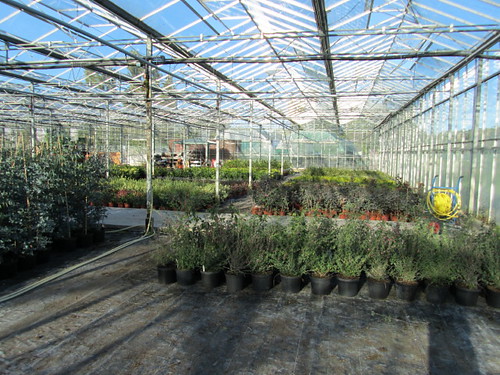
April is the second-best time to plant trees and shrubs as well as reseed lawns, provided the soil is relatively dry. Fall is best for planting trees and shrubs and September is best for lawns. (Photo credit: “Maple Tree Nursery” by wallygrom is licensed under CC BY-SA 2.0)
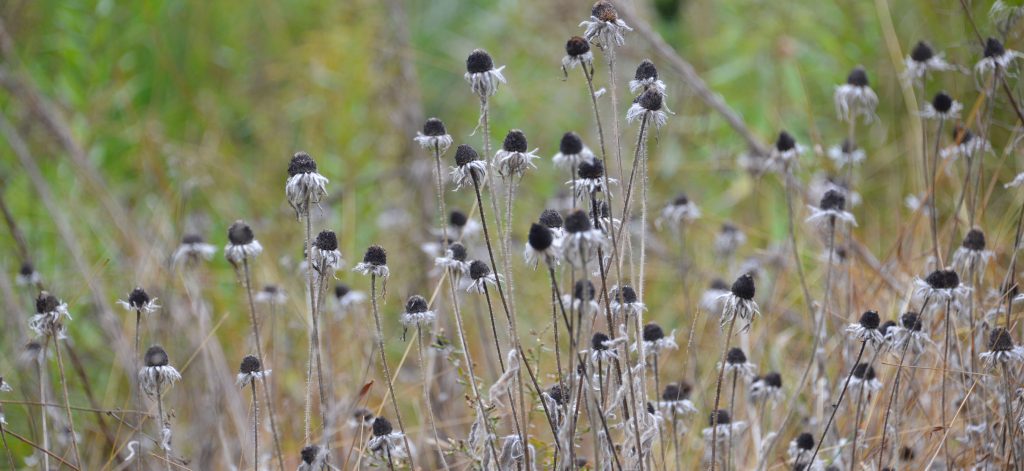
Cutting ornamental grasses to the ground discourages rabbits and other animals from nesting there. To avoid destroying overwintering insects that are coming back to life, wait until we have had several days over 50 degrees before cutting back most plants. Old leaves on hellebores and epimediums can be cut down to the ground.
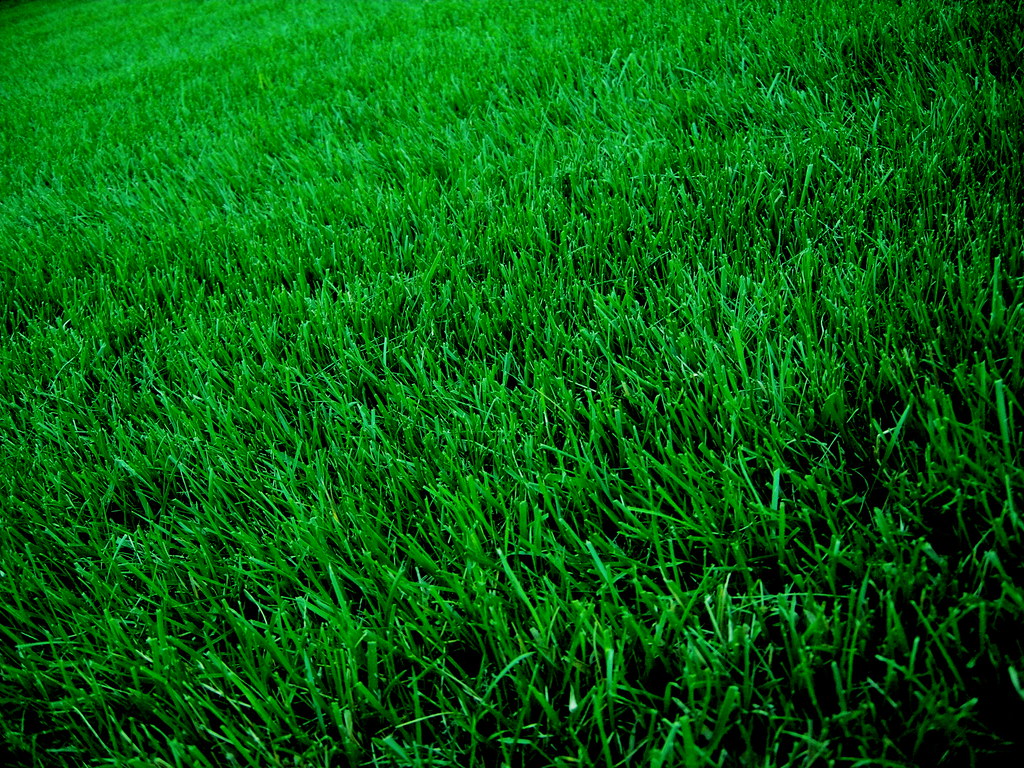
Begin mowing the lawn when the grass has come back to life. Start your season-long practice of “mowing high” by cutting the grass to no less than three inches. Why? It will give each grass plant maximum growing room, shade out unwanted weeds and, if you use a mulching mower, will deposit much-needed nitrogen-rich clippings back into the soil. Mowing high and mulching the clippings in place can reduce or even eliminate the need for fertilizer and will improve water retention, reducing the need to water. It is a win-win—for you and for our environment. (Photo credit: “Grass” by iantmcfarland is licensed under CC BY-SA 2.0)
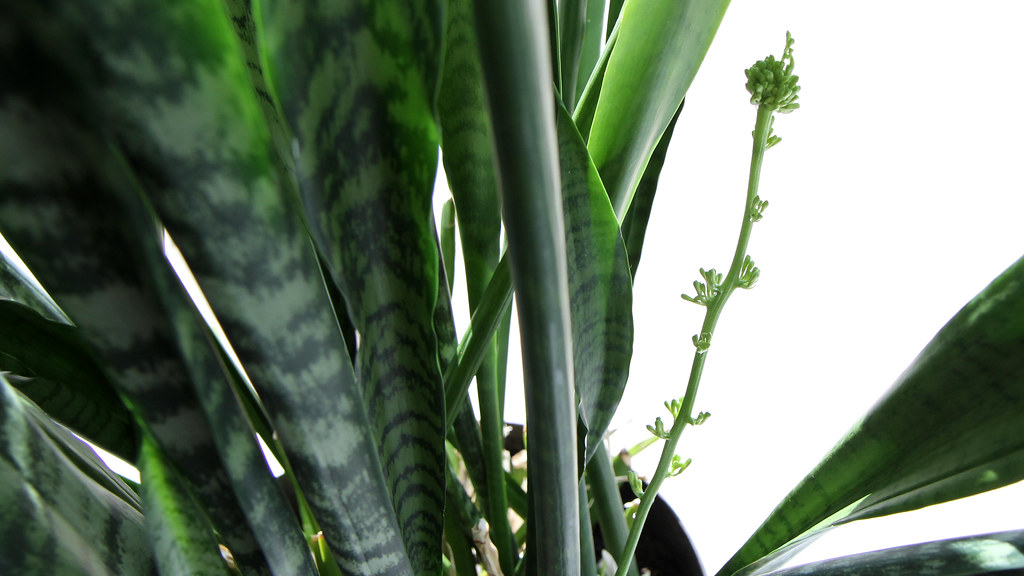
Don’t forget your indoor plants! Begin fertilizing. It is also a great time to repot and divide plants that have become rootbound. Remember that you should “pot up” in 2-inch increments. Resist the temptation to leap into much larger pots. Instead, gradually increase your pot size over time. Selecting a pot with an excessively large soil volume can lead to root rot because the plant can’t use the available water. Find more information on repotting in this blog post from the University of Illinois. (Photo credit: “snake plant in bloom – sansevieria trifasciata” by woodleywonderworks is licensed under CC BY 2.0)
For more tips, click on: General January February March April May June July August September October November December
